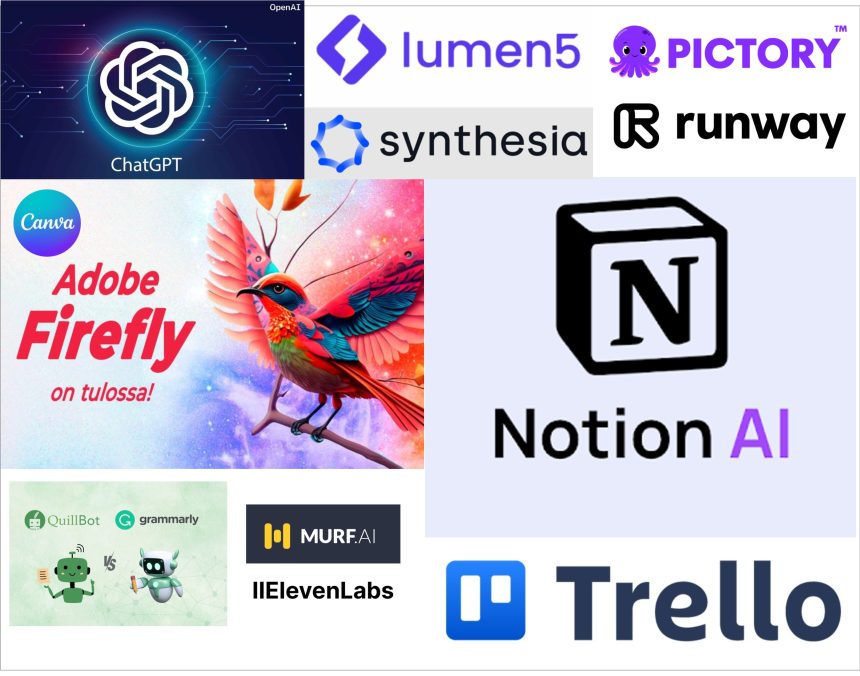Meta Title: Top AI Tools Transforming Work Culture in Pakistan
Meta Description: Discover how AI tools are reshaping jobs and productivity across Pakistan’s freelance, corporate, and startup sectors.
- Introduction
- 1. ChatGPT – The Freelance Writer’s Best Friend
- 2. Grammarly & Quillbot – Polishing English for Global Clients
- 3. Canva & Adobe Firefly – Leveling the Design Field
- 4. Pictory & Runway ML – Video Creation Without Cameras
- 5. Murf AI & ElevenLabs – Urdu Voiceovers in Minutes
- 6. Notion AI & Trello with AI Add-ons – Smarter Workflows
- 7. Lumen5 & Synthesia – Corporate Training on a Budget
- Challenges & Concerns
- Conclusion
Introduction
Pakistan is experiencing a quiet revolution—a digital wave led by artificial intelligence (AI). From Lahore’s buzzing tech startups to remote freelancers in Swat, AI tools are drastically transforming how work is done in the country. Whether it’s content writing, graphic design, video editing, or even medical transcription, AI is now at the core of modern work practices.
This isn’t just a global trend—it’s deeply rooted in Pakistan’s growing digital economy, where over 4 million freelancers, thousands of SMEs, and even students are adopting AI tools to save time, cut costs, and boost output.
Let’s explore the top AI tools that are revolutionizing work in Pakistan—and how they’re impacting lives on the ground.
1. ChatGPT – The Freelance Writer’s Best Friend
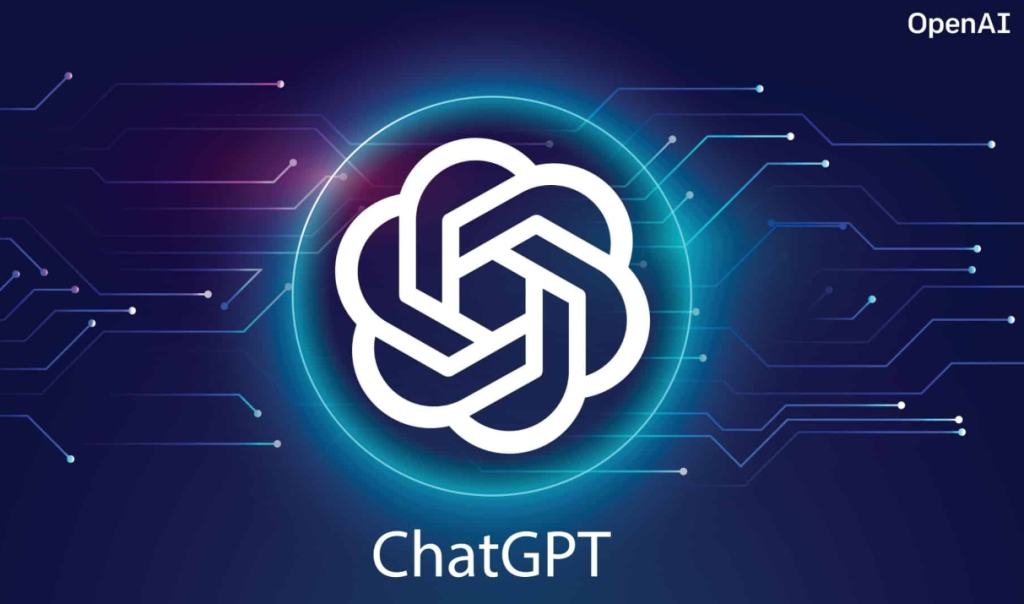
Among Pakistani freelancers, ChatGPT has become almost a household name. Writers in Islamabad, students in Quetta, and business owners in Multan are using ChatGPT to:
Draft blog posts and social media content
Translate content between Urdu and English
Write professional emails and proposals
Generate academic outlines and summaries
In cities like Lahore and Peshawar, content writing agencies are using ChatGPT to handle bulk client orders—boosting their delivery time and earning potential.
Real Impact: Many freelancers on platforms like Fiverr and Upwork are now completing 3x more orders with the help of AI-generated drafts, refining them manually to ensure quality and originality.
2. Grammarly & Quillbot – Polishing English for Global Clients
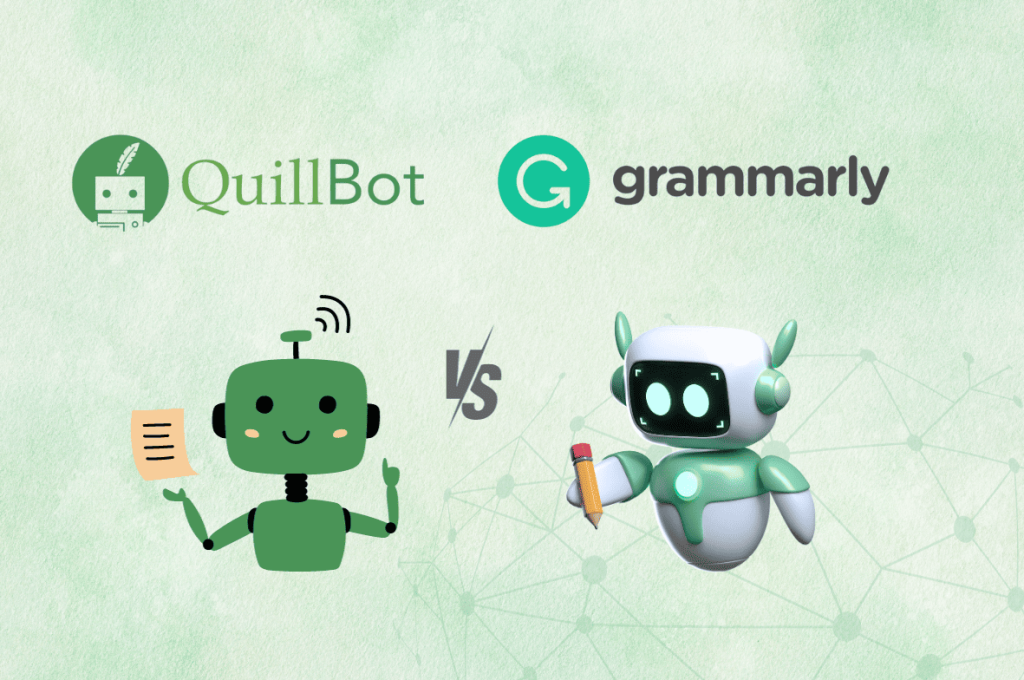
English writing has always been a barrier for many Pakistani students and professionals. Tools like Grammarly and Quillbot are breaking down that wall.
In Pakistan:
University students in Karachi use Quillbot to rephrase assignments and avoid plagiarism.
Customer service teams in call centers use Grammarly to ensure error-free communication.
Freelancers in Faisalabad use both tools to maintain professionalism while working with international clients.
Localized Benefit: These tools are especially empowering for people in smaller cities, where access to language training is limited.
3. Canva & Adobe Firefly – Leveling the Design Field

Graphic design work is booming in Pakistan, especially on platforms like DesignHill, Upwork, and local Facebook business groups. With AI-enhanced tools like Canva and Adobe Firefly, people with no formal design education are now creating posters, logos, and social media ads in minutes.
Use in Pakistan:
Women in home-based businesses use Canva to design Instagram posts.
Political campaign teams use it to design Urdu-language posters.
Students use it for making resumes and academic presentations.
Even madrassas and NGOs are now creating digital content with free AI tools—no Photoshop skills required.
4. Pictory & Runway ML – Video Creation Without Cameras
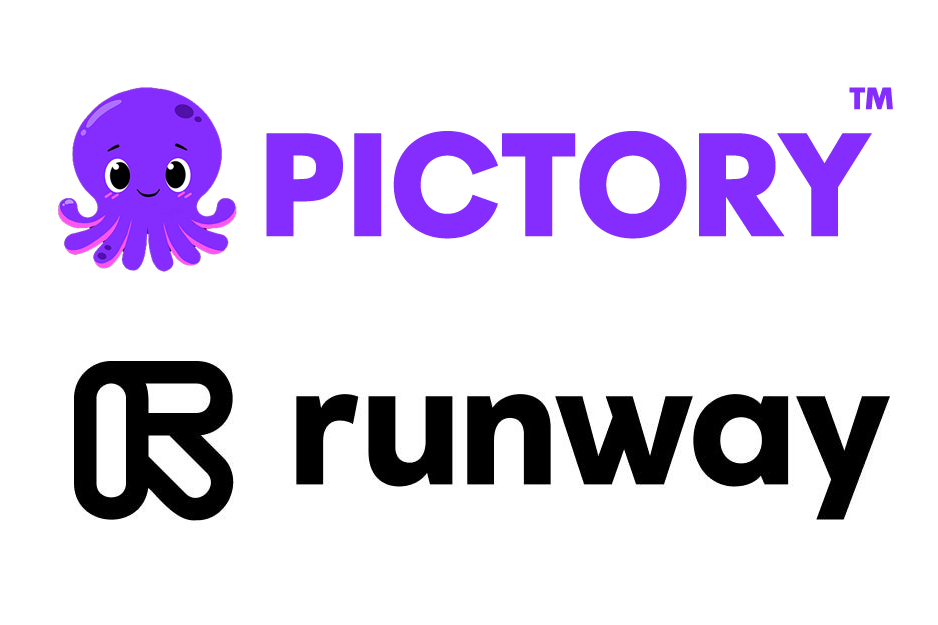
Pakistan’s youth are flocking to platforms like TikTok and YouTube, but not everyone has a camera or editing skills. Tools like Pictory (which turns text into videos) and Runway ML (which uses AI for video editing) are game-changers.
Local Scenarios:
Urdu YouTubers in Bahawalpur use Pictory to turn their scripts into narrated videos.
Islamic scholars use these tools to make animated lectures.
Digital marketing agencies in Rawalpindi use AI to speed up ad creation.
Real Shift: These tools are giving a voice to creators in areas with low production budgets but high content potential.
5. Murf AI & ElevenLabs – Urdu Voiceovers in Minutes
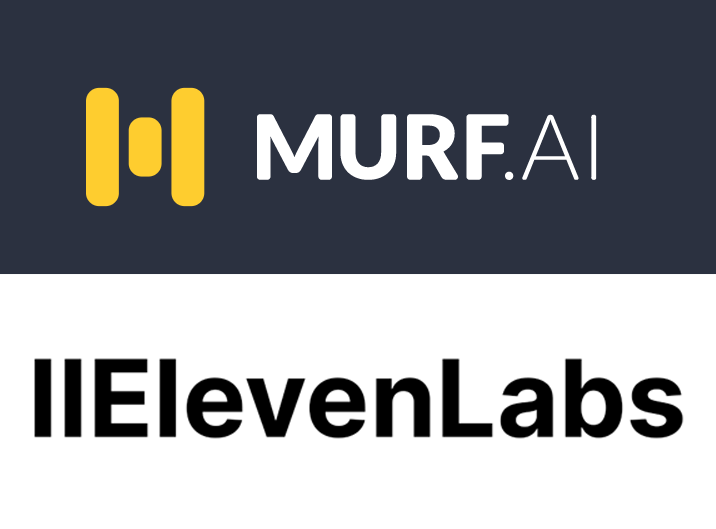
The demand for Urdu and regional language content has exploded. Tools like Murf AI and ElevenLabs allow creators to generate human-like voiceovers in multiple accents.
In Pakistan:
Freelancers use Murf AI to create voiceovers for explainer videos in Urdu.
Edtech startups use these tools to make low-cost learning materials.
Podcast creators in Gujranwala use ElevenLabs to add polished narration without a mic.
For people without voice talent or professional recording equipment, these tools offer a cost-free, scalable solution.
6. Notion AI & Trello with AI Add-ons – Smarter Workflows
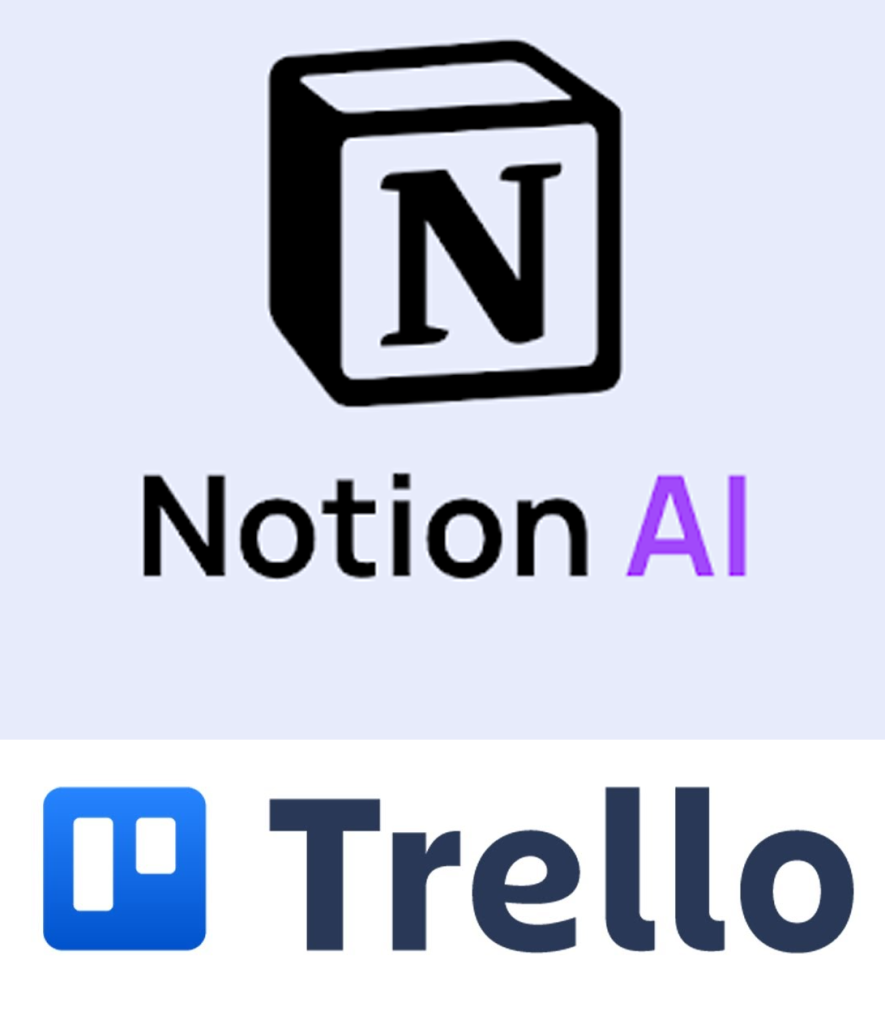
Remote work culture is growing in Pakistan, especially in software houses and among IT freelancers. Tools like Notion AI and Trello (with AI plug-ins) help individuals and teams manage projects, automate notes, and generate to-do lists automatically.
Popular in:
Software houses in Islamabad and Karachi
Virtual assistant agencies in Hyderabad
Student project teams in universities like NUST and FAST
Why It Matters: With rising fuel and office costs, many companies in Pakistan now prefer remote teams. AI tools like these allow smooth coordination and tracking of work progress.
7. Lumen5 & Synthesia – Corporate Training on a Budget
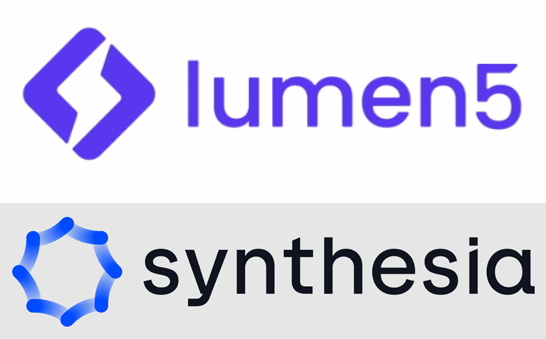
Corporate training is expensive, especially for small businesses. Tools like Lumen5 and Synthesia are being used to create HR training videos, safety protocols, and customer service tutorials.
How It’s Used in Pakistan:
Banks and telcos use them for internal employee training.
Solar companies use AI videos to explain system installations.
NGOs use Synthesia avatars to make awareness content in Urdu and Pashto.
These AI-powered tools allow companies to produce training content without hiring studios or actors.
Challenges & Concerns
While AI adoption is increasing, Pakistan still faces some hurdles:
Limited awareness in rural areas
Language limitations in regional dialects
Internet instability in underdeveloped regions
Lack of AI-related policy or training at a national level
Despite these issues, Pakistanis are innovatively adapting global tools for local needs.
Conclusion
AI is no longer a luxury in Pakistan—it’s becoming a necessity. Whether you’re a freelancer in Chitral, a teacher in Lahore, or a startup founder in Karachi, AI tools are helping Pakistanis work faster, smarter, and more globally than ever before.
As access improves and awareness spreads, the AI wave in Pakistan is only going to grow stronger. Embracing these tools today could mean a more empowered and digitally competitive workforce tomorrow. /Rikhtiya

